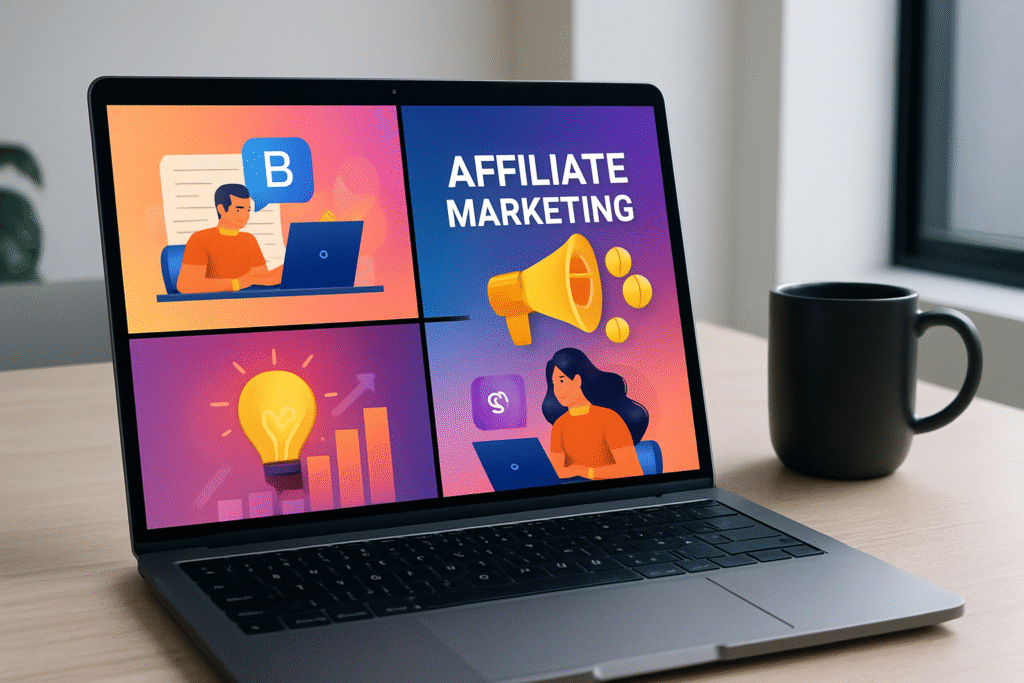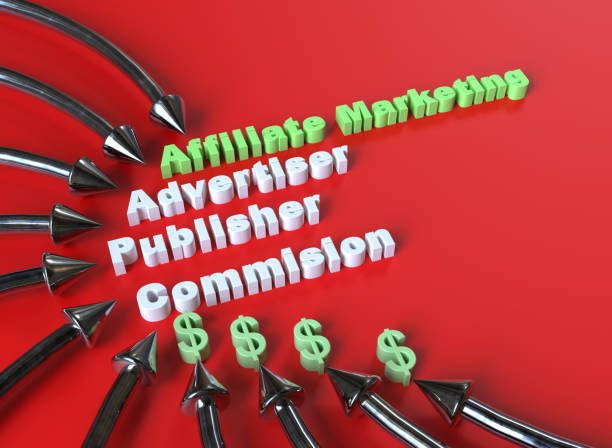The Power of stunning Images of Blogging: Your Complete Guide to Visual Content Success in 2025
In today’s digital landscape, where over 600 million blogs compete for attention, the difference between a successful blog and one that gets overlooked often comes down to one crucial element: images. Visual content has become the backbone of effective blogging, transforming simple text into engaging, shareable experiences that captivate audiences and drive results. This article will explore the importance of images of blogging/images in blogging Why Images of blogging Are Essential for Your Blog’s Success The statistics speak volumes about the importance of visual content in blogging. Articles with images of blogging receive 94% more views than text-only content, and visual posts are 40 times more likely to be shared on social media. These aren’t just numbers—they represent real engagement, traffic, and ultimately, the success of your blogging efforts. Your brain processes visual information 60,000 times faster than text, which explains why readers are naturally drawn to blog posts that incorporate compelling images. When visitors land on your blog, they make split-second decisions about whether to stay or leave, and images of blogging play a crucial role in that decision-making process. Modern blogging statistics reveal that 92% of bloggers now use images in their content, with 49.5% of marketers saying that over half of their content is visual. This shift reflects a fundamental change in how we consume and create content online. Types of Images of blogging That Transform Your Blog Posts Original Photography: The Gold Standard Original photography stands out as the most authentic and engaging type of visual content for blogs. Unlike stock photos, which can appear generic and overused, original images of blogging tell your unique story and build genuine connections with your audience. When you use your own photographs, you’re not just adding visual appeal—you’re creating a distinctive brand identity that readers can recognize and trust. Infographics: Data Made Beautiful Infographics consistently rank among the most successful visual content types, with 43% being reported as best-performing compared to other visual formats. These powerful tools transform complex information into digestible, shareable content that readers love and search engines favor. Whether you’re presenting statistics, explaining processes, or comparing products, infographics make your content more accessible and memorable. Three infographic layout styles: a single column placeholder, a vertical production timeline, and a vertical recipe infographic with illustrated ingredients. Screenshots and Tutorials For how-to guides, tutorials, and product reviews, screenshots provide invaluable context that words alone cannot convey. They offer proof of your claims, guide readers through processes step-by-step, and establish credibility. When creating screenshots, ensure they’re captured at high resolution and annotated clearly to maximize their effectiveness. Charts and Graphs Data-driven content performs exceptionally well in the blogging world, and charts or graphs are essential for presenting numerical information effectively. These visuals help readers quickly understand trends, comparisons, and insights, making your content more authoritative and link-worthy. Image Optimization: The Technical Foundation Comparison showing a bicycle image in JPG format (10 MB) and optimized WEBP format (100 KB) highlighting image compression benefits. File Size and Format Selection One of the most critical aspects of using images in blogging is optimization. Large, unoptimized images of blogging can significantly slow down your website, negatively impacting both user experience and search engine rankings. The ideal image width for most blogs is 1200 pixels, with file sizes kept under 150-200 KB. Different formats serve different purposes: SEO Optimization Strategies Image SEO extends far beyond just adding pictures to your posts. Proper optimization includes descriptive file names (like “strawberry-ice-cream.jpg” instead of “IMG_1234.jpg”), compelling alt text that describes the image content, and strategic keyword inclusion without overstuffing. Research shows that websites with well-optimized images of blogging can generate 20% to 60% of their total Google traffic from image search alone. This represents a massive opportunity that many bloggers overlook. Stock Photos vs. Original Content: Making the Right Choice While stock photos offer convenience and cost-effectiveness, they come with significant drawbacks. Stock photos were reported as the worst-performing visual content type, with 39% of marketers rating them as unsuccessful compared to other visual formats. Generic stock imagery can make your brand appear inauthentic and fail to differentiate your content from competitors. However, when budget or time constraints make original photography impractical, high-quality stock images can still be effective if chosen thoughtfully. Look for images that: Best Practices for Blog Image Implementation Strategic Placement and Frequency The general rule of thumb is to include one image for every 300 words of content. This helps break up text walls while maintaining a good balance between visual and textual content. Images should be placed strategically to support your narrative, not merely as decorative elements. Consistency and Brand Alignment Successful blogs maintain visual consistency across all their content. This means establishing a recognizable style, color palette, and image treatment that reinforces your brand identity. Consistent visual branding helps readers instantly recognize your content, whether they encounter it on your blog, social media, or in search results. Accessibility and Inclusivity Every image you use should include descriptive alt text that serves both SEO and accessibility purposes. This ensures that visually impaired readers using screen readers can understand your content, while also helping search engines better index your images of blogging. Common Image Mistakes to Avoid Many bloggers unknowingly sabotage their success through poor image practices. Avoid uploading massive files and then resizing them in your editor—this still forces browsers to download the full-size image, slowing load times. Instead, resize images before uploading them to your blog platform. Don’t use images without proper licensing. Copyright infringement can result in costly legal issues and damage your blog’s reputation. When using stock photos, verify licensing terms and consider watermark-free alternatives from reputable sources like Unsplash, Pexels, or Pixabay, freepik. Resist the temptation to over-optimize by keyword stuffing in file names or alt text. Search engines can detect this practice and may penalize your content accordingly. The Future of Visual Blogging As we move further into 2025, visual content continues to evolve rapidly. AI-powered image generation is becoming increasingly sophisticated, with 61.5% of marketers




